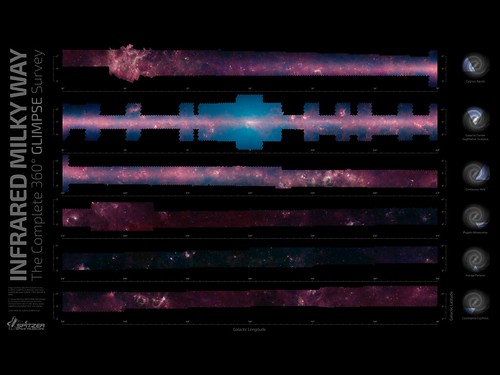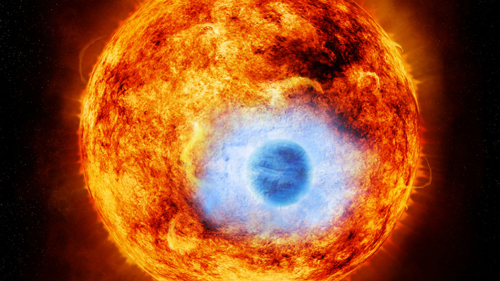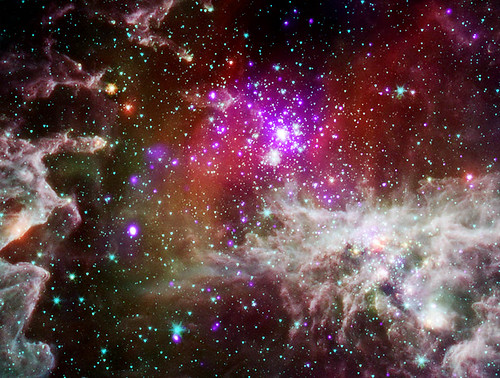Big Bang Monday: Milky Way 360º
Monday, March 24th, 2014Very cool, yet incomprehensible. A 360º view of the Milky Way galaxy, composed of more than 2 million images. Not very pretty, is it? Well, you can win them all — but the sheer magnitude of this piece of work is pretty wild.
That’s astronomy for you: deeper than your deepest imagination. Never ceases to amaze most of us: there are more galaxies out there than there are stars in the Milky Way.
W T F ?!?
OK, now get this. You can put some of this “WTF?!?” up on your wall. Go check out BigBangPrints.com and order some for yourself, or your spouse, boss, kids, etc. Go ahead: make their day!


